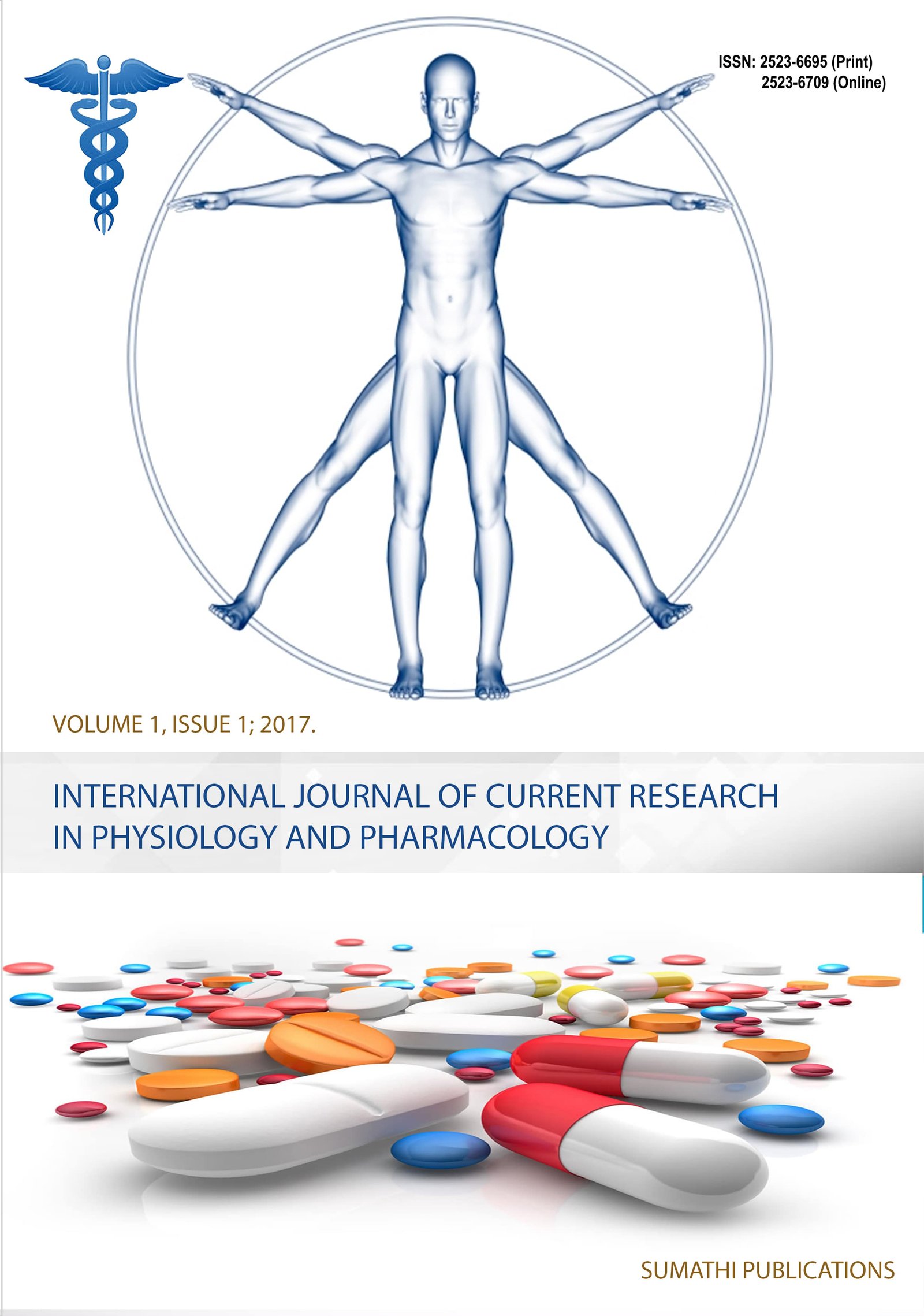Effect of practicing Yoga on Aerodynamic measures of Voice
DOI:
https://doi.org/10.31878/ijcrpp.2020.43.01Keywords:
aerodynamics, vital capacity, yoga, mean air flow rate, phonation quotientAbstract
Yoga is a Sanskrit word which interprets to the meaning “the unity of body and mind”. It is a blend of breathing drills, physical stances, and contemplation, and has been practiced in eastern conventional medicine for more than thousands of years [1]. A modest effort was taken in this study to examine the effect of Long term yoga training on Aerodynamic measures and also to compare and contrast these measures between individuals who practice yoga and who don’t.
A total of 120 phonation samples were obtained from participants who practice yoga and who don’t between the age ranges of 20-40 years. Samples assessing respiratory capacities were also taken from the above subjects. Statistical analysis showed a significant difference [p<0.05] between control group and experimental group for all parameters. Significant difference was also seen between genders [p<0.05]. Significant difference was seen in gender within control group [p=0.02] and also within experimental group [p=0.00].
The prevailing study establishes a positive correlation between practicing yoga and betterment in aerodynamic capacities. The results declare that there was significant escalation in vital capacity, maximum phonation duration, phonation quotient and mean air flow rate for individuals who practice regular yoga when compared to people who don’t. The outcome of the present study is a preliminary step towards creating evidence base for the practice of yoga towards overall aerodynamic improvement in healthy adults
Downloads
Downloads
Published
How to Cite
Issue
Section
License
Copyright (c) 2020 Aravinda H.R, Dipti Jog, Kushal Kumar A

This work is licensed under a Creative Commons Attribution-NonCommercial-ShareAlike 4.0 International License.
The journal allows the author(s) to hold the copyright without restrictions and will retain publishing rights without restrictions.
The submitted papers are assumed to contain no proprietary material unprotected by patent or patent application; responsibility for technical content and for protection of proprietary material rests solely with the author(s) and their organizations and is not the responsibility of the journal. The main (first/corresponding) author is responsible for ensuring that the article has been seen and approved by all the other authors. It is the responsibility of the author to obtain all necessary copyright release permissions for the use of any copyrighted materials in the manuscript prior to the submission.
What are my rights as an author?
It is important to check the policy for the journal to which you are submitting or publishing to establish your rights as
Author. Journal's standard policies allow the following re-use rights:
- The journal allows the author(s) to hold the copyright without restrictions.
- The journal allows the author(s) to obtain publishing rights without restrictions.
- You may do whatever you wish with the version of the article you submitted to the journal.
- Once the article has been accepted for publication, you may post the accepted version of the article on your own personal website, your department's website or the repository of your institution without any restrictions.
- You may not post the accepted version of the article in any repository other than those listed above (i.e. you may not deposit in the repository of another institution or a subject-matter repository) until 12 months after publication of the article in the journal.
- You may use the published article for your own teaching needs or to supply on an individual basis to research colleagues, provided that such supply is not for commercial purposes.









